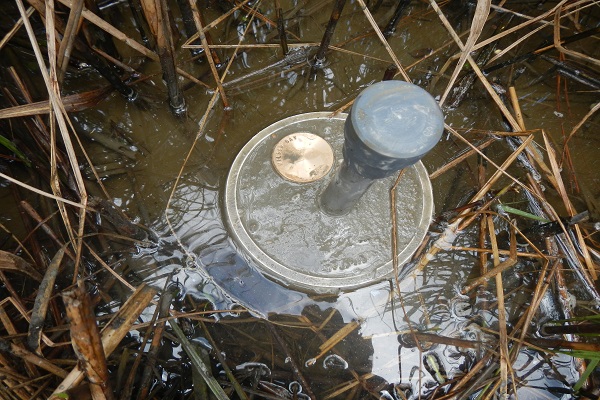ACCESSIBLE COAST: Discover Innovative N.C. Tourism in ACCESS
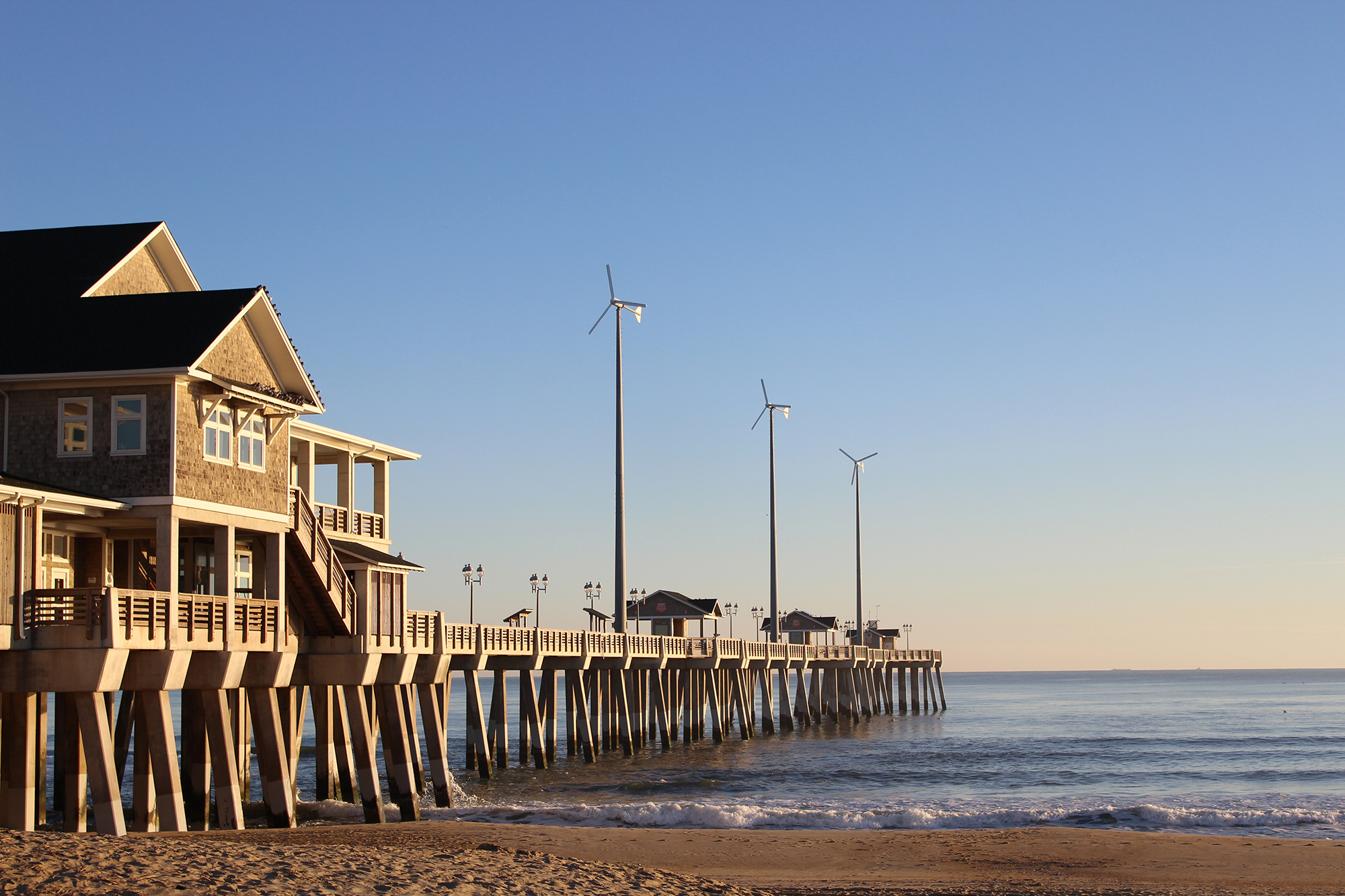
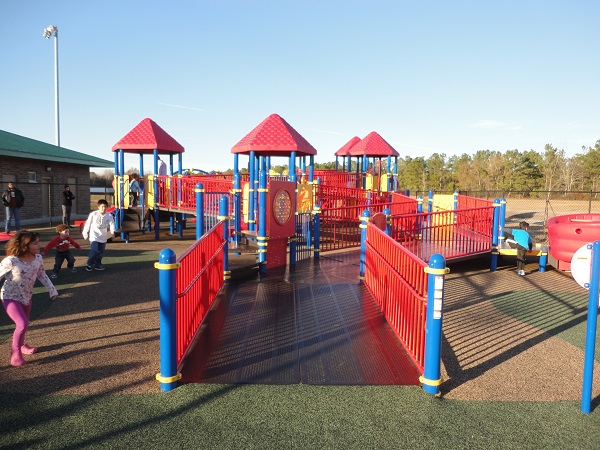
Venues across coastal North Carolina enhance visitors’ travel experiences. More than 400 accessible attractions are offered in ACCESS North Carolina, a vacation and travel guide for people with accessibility needs.
Philip Woodward, systems change manager at the N.C. Council on Developmental Disabilities, spent more than two years visiting most of these sites as he worked to compile the ACCESS guide. Being hard of hearing himself, he’s explored many of the attractions from the guidebook, surveying them for accessibility or exploring new sites to add.
To encompass each experience for the hundreds of thousands of North Carolinians with disabilities, visits were arranged with individuals with mobility disabilities or vision loss to obtain accessibility feedback. Site staff also joined to discuss ways to increase access for all visitors.
Photographing visitors with disabilities enjoying the sites was a highlight for Woodward during his tours. “I want people of all abilities to realize they can travel and experience everything that our state offers,” he says.
The following coastal destinations are among more than 75 found in the ACCESS guide.
HISTORY AND HERITAGE
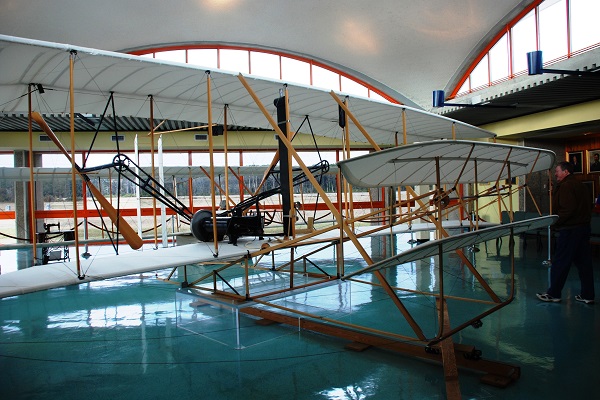
Wright Brothers National Memorial at Kill Devil Hills
The park gives personal attention to visitors with vision loss by letting them go inside the ropes to get closer to the airplane, put on gloves to touch the plane, and go inside the living quarters and touch objects.
While an exciting destination for visitors with vision loss, the site may not be a priority for visitors with physical disabilities, Woodward notes. The path to the monument is “long and winding, so visiting it may be a challenge for people with mobility disabilities who use wheelchairs, walkers or need assistance walking,” he explains.
North Carolina Maritime Museum in Beaufort
All exhibits have text panels or labels with information. The museum can provide a sign-language interpreter with advance notice. The museum also has 3-D Touch Me exhibits, Braille exhibit guides and large-print text on exhibit signs.
“My family and I visited during the wooden-boat show in 2011 and enjoyed the boat ride,” Woodward adds. He also worked with the site’s communication director to ensure the popular Blackbeard exhibit, which houses artifacts from the pirate’s wrecked flagship, Queen Anne’s Revenge, is accessible to all visitors.
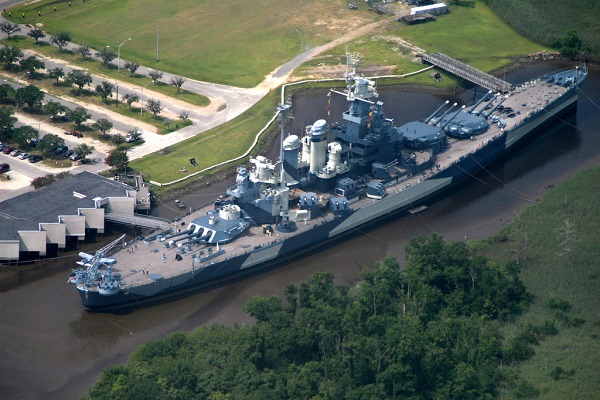
“I also was impressed by the captioned video in the film room, and the scavenger hunt for kids,” he notes.
Battleship North Carolina in Wilmington
A Back Porch Tour designed for groups with limited mobility allows visitors to learn about the ship from the comfort of the visitor center’s “back porch,” without physically going aboard. A 10-minute video, a tour of the visitor center and exhibit hall, and a visit to the observation deck is included in the program.
OUTDOOR ACTIVITIES
Jennette’s Pier at Nags Head
Standard wheelchairs and a beach wheelchair are available upon request, as well as golf cart assistance from the parking lot to the pier. The pier also offers two areas with lowered railings for easy fishing accessibility.
“This is the only place I’m aware of in North Carolina that has beach access mats,” Woodward notes. Many beaches offer beach wheelchairs, but these often require another person’s assistance to push. The mats allow visitors to independently get across the sand using their standard wheelchair, walker or other mobility device. “I would like to see more North Carolina beaches invest in this type of technology,” he adds.
Morehead City Waterfront
The waterside venue is ideal for visitors with mobility disabilities, with brick sidewalks and accessible restrooms. For the N.C. Seafood Festival, the site extends to encompass additional accessible restrooms throughout the festival area. The waterfront also includes a mahi-mahi sculpture with the words “Dolphin (Mahi-Mahi)” in Braille for visitors to touch.
Kiwanis Miracle Playground at Olsen Park in Wilmington
The 9,000-square-foot playground is open to the public year-round, and includes wheelchair-accessible play structures on a specialized turf. Other features include a double-wide ramp, five slides, seven swings, countless climbing structures, talk tubes, a playground for toddlers, and multiple sensory walls and structures for children with cognitive disabilities.
The main play structure has a ramp and is fully accessible to visitors with mobility disabilities. Three swings are tailored for children with disabilities. Various play structures provide tactile and sensory experiences that visitors with vision loss can enjoy.
STATE AQUARIUMS
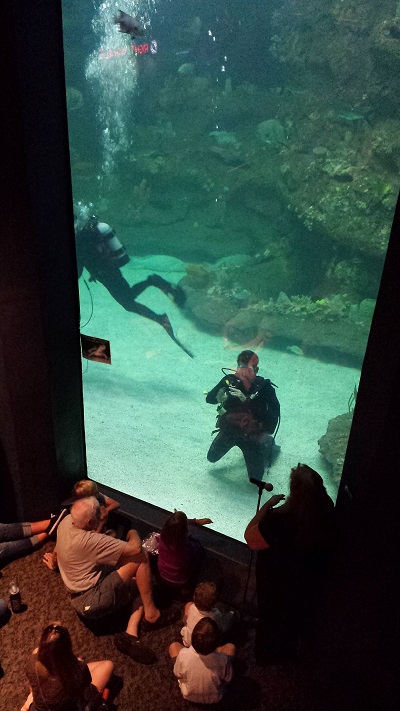
North Carolina Aquarium on Roanoke Island
The aquarium has two touch tanks open to visitors. If visitors with vision loss call ahead, the aquarium’s education staff can make carts available with items that provide a tactile experience, such as beach finds, shark skins and animal furs. The aquarium also incorporates additional tactile exhibits, including live animal encounters and a turtle program enabling visitors to feel the shell. A pocket talker and neckloop are available for visitors who are hard of hearing.
North Carolina Aquarium at Pine Knoll Shores
The aquarium offers touch pools, animal models and education carts. One model of the innovative Fintastic! exhibit remains on display, designed for visitors with vision loss, featuring tactile fish models that speak when touched. A script of the exhibit is available at the aquarium and on its website. The aquarium and marsh boardwalk are wheelchair-accessible, and the Bogue Sound Overlook has a wheelchair-accessible distance viewer.
North Carolina Aquarium at Fort Fisher
The aquarium, interpretive bike path and garden decks are wheelchair-accessible. Visitors can request guided tours and narration for feedings and other programs with preregistration. Assistive-listening devices are available for amplified narration, as well as captioned films and large-print scripts of many of the free daily programs.
Each September, the aquarium hosts Deaf Awareness Day, with special programming including sign-language interpreters and assistive-listening devices. The event is in partnership with the N.C. Division of Services for the Deaf and Hard of Hearing.
Find the complete ACCESS North Carolina guidebook at nc.gov/services/access-north-carolina.
This article was published in the Spring 2017 issue of Coastwatch.
For contact information and reprint requests, visit ncseagrant.ncsu.edu/coastwatch/contact/.
